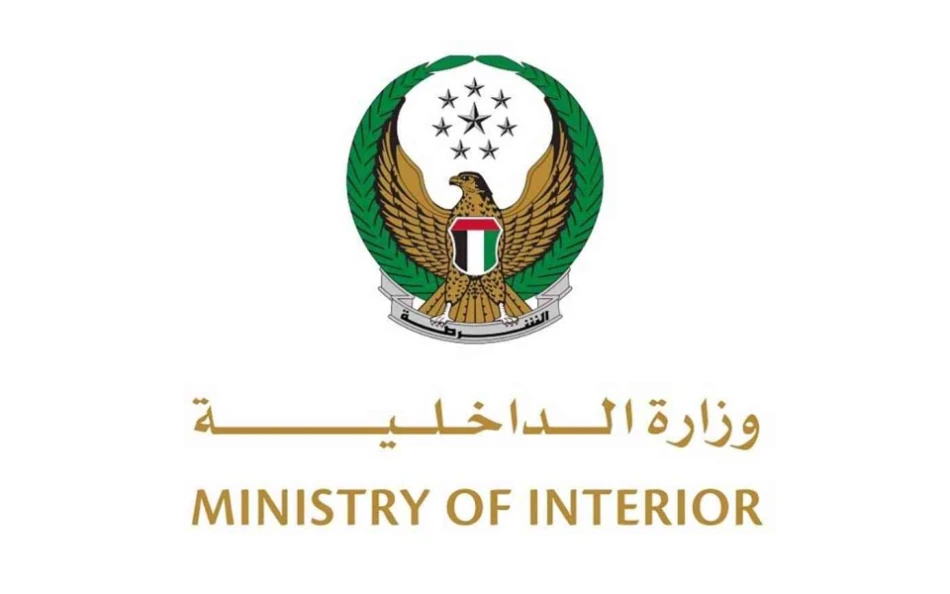
International Drug Cartel Spanning Canada and Spain Targeted by Interior Ministry
UAE Smashes International Drug Network Spanning Canada, Spain and Middle East
Sharjah police have dismantled a sophisticated international drug trafficking operation that stretched from Toronto to Spain before reaching UAE shores, seizing 131 kilograms of narcotics and nearly 10,000 drug capsules while arresting seven suspects. The bust reveals how criminal networks exploit family cover stories and coordinate shipping routes across three continents, highlighting the UAE's growing role as both a target and enforcement hub in global drug interdiction efforts.
Family Man Turns Drug Kingpin
The investigation began when authorities identified an Arab national who regularly visited the UAE with his family, using his wife and children as cover for his trafficking operations. This suspect became the key to unraveling the entire network, eventually confessing to his central role in coordinating drug shipments with his wife's assistance.
The couple employed sophisticated location-based digital platforms to conceal and distribute narcotics, demonstrating how modern trafficking operations blend traditional smuggling methods with cutting-edge technology. This approach mirrors tactics seen in major busts across Europe and North America, where encrypted messaging and GPS coordination have become standard tools for international drug syndicates.
Multi-Continental Shipping Route Exposed
Intelligence work revealed a complex maritime smuggling route connecting Toronto's port to Málaga, Spain, before reaching UAE waters. The final shipment was intercepted inside a container supposedly carrying automotive parts—a common concealment method that has become increasingly popular among traffickers seeking to blend illegal cargo with legitimate commercial shipping.
This Canada-Spain-UAE corridor represents a new variation on established trafficking routes. While the "Golden Crescent" and traditional Latin American pathways remain dominant, criminal organizations are increasingly diversifying their logistics to avoid detection, particularly as enforcement agencies improve their monitoring of established routes.
The Numbers Behind the Bust
The total seizure included 131 kilograms of various narcotics and psychoactive substances, plus 9,945 drug capsules. Beyond the drugs themselves, authorities confiscated location-tracking equipment and distribution tools that provide insight into the operational sophistication of modern trafficking networks.
Regional Security Implications
This bust underscores the UAE's strategic importance in global drug enforcement. The country's position as a major shipping and aviation hub, combined with its strong international business ties, makes it both an attractive target for traffickers and a crucial partner for international law enforcement.
The UAE's approach contrasts sharply with enforcement strategies in other regional hubs. While Singapore employs extremely harsh penalties as a deterrent, and some European ports focus primarily on detection technology, the UAE appears to be emphasizing international cooperation and intelligence sharing—a strategy that may prove more effective against increasingly sophisticated criminal networks.
International Cooperation Continues
UAE Interior Ministry officials confirmed ongoing coordination with international partners to pursue remaining network members operating outside the country. This collaborative approach reflects broader trends in drug enforcement, where successful operations increasingly depend on real-time intelligence sharing across multiple jurisdictions.
Colonel Majid Sultan Al Asam, director of Sharjah Police's anti-narcotics department, emphasized that UAE counter-narcotics teams maintain high readiness levels and specialized expertise. Meanwhile, Colonel Abdulrahman Al Owais, deputy director of federal drug control, highlighted how integrated efforts between police commands have helped establish the UAE's position in global security rankings.
The case demonstrates how international trafficking networks adapt to enforcement pressures by developing increasingly complex operational structures. However, it also shows that coordinated international responses can successfully penetrate these networks, particularly when authorities can identify and flip key operational figures willing to provide intelligence about broader criminal structures.
Most Viewed News

 Sara Khaled
Sara Khaled






